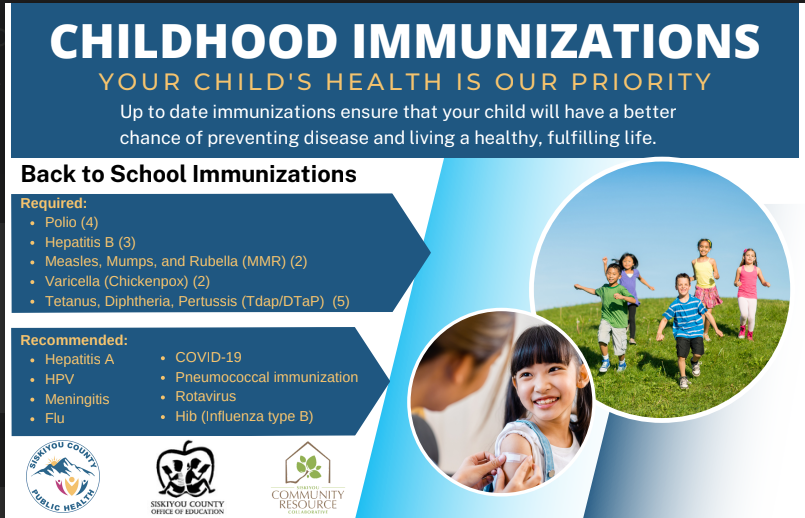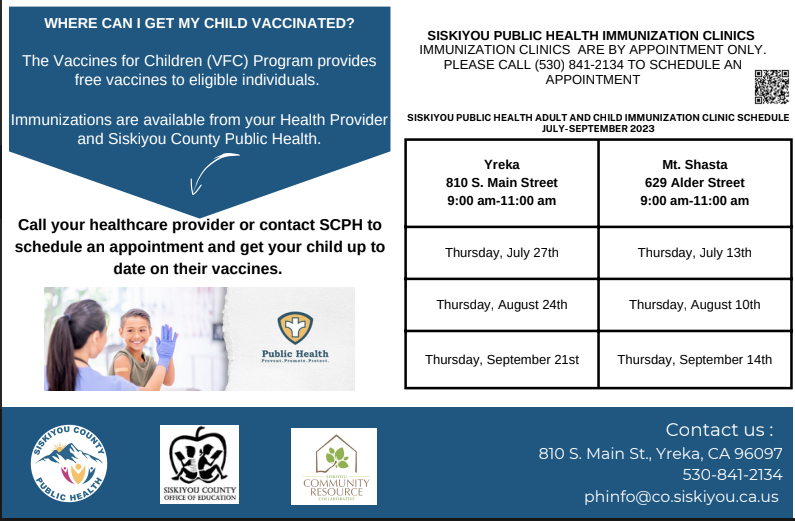ATTENDANCE POLICY & PROCEDURES and ENROLLEMENT
MCKINNEY-VENTO HOMELESS EDUCATION ASSISTANCE ACT
Title IA (Section 111(a)(1)) requires that a district (including independent charter schools) receiving Title IA funds include in its district plan a plan to provide services to homeless students to ensure compliance with the McKinney‐Vento Act. The McKinney‐Vento Homeless Assistance Act, reauthorized in December 2001, ensures educational rights and protections for children and youth experiencing homelessness. The McKinney-Vento Homeless Program helps homeless children have equal access to a free public education as provided to all of the other children in the District. A child is considered homeless if they do not have a regular adequate residence. This means any students living in shelters, in substandard housing, doubled up with friends or relatives because they have no other place to go and cannot afford a home. The other living arrangements included are single room hotels, cars, parks, public places, transitional affidavit.
Board Policy 6173: Education For Homeless Children
Regulation 6173: Education For Homeless Children
Board Policy 6173-E PDF(1) Education For Homeless Children
Homeless Children are guaranteed enrollment in school by The Federal McKinney-Vento Act and California State law if you live:
In a shelter (family, domestic violence, or youth shelter or transitional living program)
In a motel, hotel or weekly rate housing
In a house or apartment with more than one family because of economic hardship or loss
In an abandoned building, in car, at a campground, or on the street
In temporary foster care or with an adult who is not your parent or guardian
In substandard housing (without electricity, water, or heat)
With friends or family because you are a runaway or an unaccompanied youth
To enroll in or attend school if you live under any of theses conditions, you do NOT need to provide:
Proof of residency
Immunization records or tuberculosis skin-test results
School records
Legal Guardianship papers
Homeless children and youth will be identified through:
The application process for enrollment (self‐identification)
School personnel recommendations
Coordinated activities with other entities and agencies
Grenada Elementary School District will comply with all federal, state, county, and other data collections and reporting requirements regarding homeless children and youth.
You may:
Participate fully in all school activities and programs for which you are eligible
Continue to attend the school in which you were last enrolled even if you have moved away from that school’s attendance zone or district
Receive transportation from your current residence back to your school or origin
Qualify automatically for child nutrition program (free and reduced-price lunches and other district food programs).
Contact the district liaison to resolve any disputes that arise during the enrollment process.
For questions about enrolling in school or for assistance with school enrollment, contact:
Your local School District Liaison for the homeless:
School Community Liaisons
Heather Embury, Administrative Assistant - (530) 436-2233
Your County Liaison for the homeless:
Brittany Collier, Foster and Homeless Youth Program Director, Siskiyou County Department of Education (530)842-8461
Your State Coordinator for the homeless:
Leanne Wheeler – State Coordinator, California Department of Education 1-866-856-8214
Resources:
Student Residency Affidavit (English and Spanish)
ADDITIONAL INFORMATION
I. DEFINITIONS
Homeless children and youth means children and youth who lack a fixed, regular, and adequate nighttime residence, and includes children and youth who are:
Living in a primary nighttime residence that is a private or public place not designed for or ordinarily used as a regular sleeping accommodation for human beings, such as cars, parks, public spaces, abandoned buildings or substandard housing (for example, condemned buildings or garages), bus or train stations, or other similar settings
Living in motels, hotels, trailer parks (does not include trailers or mobile homes in a mobile home park), or camping grounds due to a lack of alternative adequate accommodations.
Sharing the housing of other persons due to loss of housing, economic hardship, or a similar reason
Living in emergency or transitional shelters
Abandoned in hospitals or awaiting foster care placement
Migratory children who qualify as homeless because they are living in circumstances described above.
Unaccompanied youth includes a youth not in the physical custody of a parent or guardian.
A child or unaccompanied youth shall be considered homeless for as long as he/she is in a living situation described above.
II. HOMELESS LIAISON
The Homeless Liaison is required to:
Ensure that homeless children and youth are identified by school personnel and through coordination with other entities and agencies.
Ensure that homeless students enroll in, and have full and equal opportunity to succeed in, the schools of the Local Education Agency (LEA).
Ensure that homeless families, children, and youth receive educational services for which they are eligible, including Head Start, Even Start, and pre‐school programs administered by the LEA, and referrals to health, mental health, dental, and other appropriate services.
Ensure that parents and guardians are informed of educational and related opportunities available to their children and are provided with meaningful opportunities to participate in the education of their children.
Ensure that public notice of the educational rights of homeless students is disseminated where children and youth receive services under the Act (such as school, family shelters, and soup kitchens).
Ensure that enrollment disputes are mediated in accordance with the dispute resolution provisions.
Ensure that the parent/guardian of a homeless child or youth, or any unaccompanied youth, is fully informed of all transportation services and is assisted in accessing transportation services, if available and feasible.
Assist unaccompanied youth in placement/enrollment decisions.
Ensure that unaccompanied youth are immediately enrolled in school pending resolution of disputes that might arise over school enrollment or placement.
Assist homeless children and youth who do not have immunizations, or immunization or medical records, to obtain necessary immunizations, or immunization or medical records.
Collaborate and coordinate with state coordinators and community and school personnel responsible for the provision of education and related services to homeless children and youth.
III. ENROLLMENT AND RECORDS
Homeless youth will not be discriminated against in the application process. Homeless children and youth will be allowed to apply for enrollment in accordance with current Grenada Elementary School District enrollment policies even if the parent/guardian is unable to provide the school with the records normally required for enrollment such as previous academic records, birth certificate, medical records, proof of residency, or other documentation.
The Grenada Elementary School District designee shall immediately contact the school last attended by the student to obtain the relevant records. If the student needs to obtain immunizations or does not possess immunization or other medical records, the designee shall refer the parent/guardian to the homeless liaison. The liaison shall assist the parent/guardian in obtaining the necessary immunizations or records for the student.
In the case of an unaccompanied youth, the homeless liaison shall assist in the enrollment process. Unaccompanied youth shall be immediately enrolled if space is available even if unable to provide the school with the records normally required for enrollment (as above), and despite lack of parent or legal guardian’s supervision or permissions, or “power of attorney” by supervising adult.
Any confidential record ordinarily kept by the school, including immunization or medical records, academic records, birth certificates, guardianship records, and evaluations for special services or programs, of each homeless child or youth will be maintained so that the records are available, in a timely fashion, when a child or youth enters a new school or school district.
IV. ENROLLMENT DISPUTE RESOLUTION PROCESS
(per CDE Homeless Education Dispute Resolution Process
If a disagreement arises over school selection or enrollment, the student must be immediately enrolled in the school in which he/she is requesting enrollment, pending resolution of the dispute. Enrollment is defined as "attending classes and participating fully in school activities."
The school must refer the student, parent, or guardian to the homeless liaison to carry out the dispute resolution process as expeditiously as possible. The homeless liaison must ensure the dispute resolution process is also followed for unaccompanied youth.
A written explanation of the school's decision regarding school selection or enrollment must be provided if a parent, guardian, or unaccompanied youth disputes such a school selection or enrollment decision, including the right to appeal. The written explanation shall be complete, as brief as possible, simply stated, and provided in a language that the parent, guardian, or unaccompanied youth can understand.
If the dispute remains unresolved at the district level or is appealed, then the district homeless liaison shall forward all written documentation and related paperwork to the homeless liaison at the county office of education (COE). The COE's homeless liaison will review these materials and determine the school selection or enrollment decision and will notify Grenada Elementary School District and parent of the decision.
If the dispute remains unresolved or is appealed, the COE homeless liaison shall forward all written documentation and related paperwork to the State Homeless Coordinator. Upon the review of the LEA, COE, and parent information, the CDE will notify the parent of the final school selection or enrollment decision.


